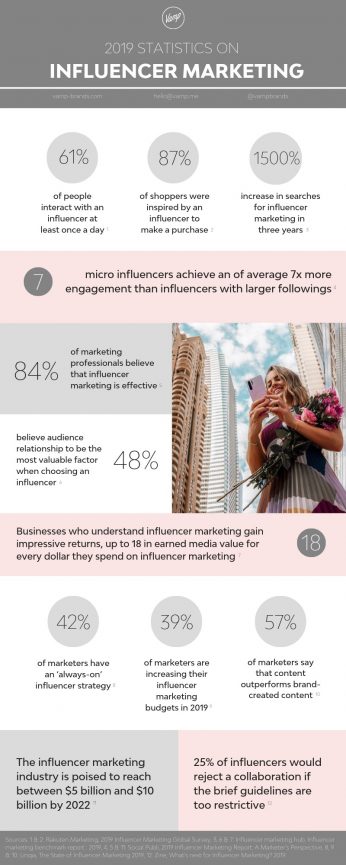In fact, if you check out Quikclicks, Australia’s leading web design agency, you’ll be able to see what a well designed and captivating web page looks like! It’s important to note that the professionals are there to handle the detail for you, allowing you to focus on the business and your goals.
What Is Responsive Web Design?
Responsive web design uses the availability of data storage to allow the website to access a multitude of images and potential layouts. This results in the ability, via coding, for the web page to fit the screen it is being viewed on.
You probably know how frustrating it is to view a web page on a cell phone and have to keep scrolling to left and right. The idea behind responsive web design is to avoid this, the page will fit the screen you’re holding, regardless of what size that is.
In the past, this would only have been possible by creating multiple websites. A mobile device would have to visit a different site to the desktop one. This made creating websites more complicated and keeping all sites up to date time-consuming.
Read more: Responsive web design: What it is, and why you need it



